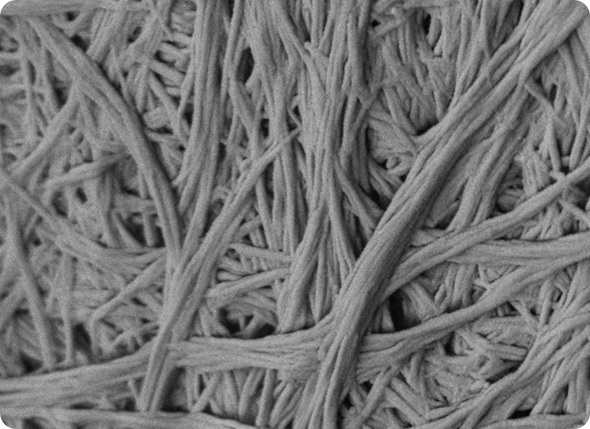

It is a positive regulator of the pathway and binds many proteins in the pathway, including all three kinases in the cascade. One such scaffold protein is KSR, which is the most probable equivalent of the well-studied yeast MAPK scaffold protein Ste5. Several scaffold proteins have been identified to be involved in this pathway and other similar MAPK pathways. One of the best studied signaling pathways in biology is the RAS-ERK pathway in which the RAS G-protein activates the MAPKKK RAF, which activates the MAPKK MEK1 (MAPK/ERK kinase 1), which then activates the MAPK ERK. Scaffold protein summary Scaffold ProteinsĪssembly and localization of the RAS-ERK pathway Furthermore, scaffolds have been shown to insulate kinases from substrate- and ATP-competitive inhibitors. Mathematical modeling has shown that kinases in a cascade without scaffolds have a higher probability of being dephosphorylated by phosphatases before they are even able to phosphorylate downstream targets. Scaffolds have been proposed to protect activated signaling molecules from inactivation and/or degradation. Signaling pathways are often inactivated by enzymes that reverse the activation state and/or induce the degradation of signaling components. Insulating correct signaling proteins from inactivation These abilities may be related to stability of the interaction between the scaffold and the kinases, the basal phosphatase activity in the cell, scaffold location, and expression levels of the signaling components. In three-kinase signaling cascades, scaffolds bind all three kinases, enhancing kinase specificity and restricting signal amplification by limiting kinase phosphorylation to only one downstream target. Many hypotheses about how scaffolds coordinate positive and negative feedback come from engineered scaffolds and mathematical modeling. This localization is able to locally regulate PKA and results in the local phosphorylation by PKA of its substrates.Ĭoordinating positive and negative feedback A particular example of this process is the scaffold, A-kinase anchor proteins (AKAPs), which target cyclic AMP-dependent protein kinase ( PKA) to various sites in the cell. Scaffolds localize the signaling reaction to a specific area in the cell, a process that could be important for the local production of signaling intermediates. Localization of signaling components in the cell Ste5 has been proposed to direct mating signaling through the Fus3 MAPK by catalytically unlocking this particular kinase for activation by its MAPKK Ste7. An example is the Ste5 scaffold in the mitogen-activated protein kinase ( MAPK) pathway. Such changes may be able to enhance or inhibit the activation of these signaling proteins. Scaffolds may also be catalytic as interaction with signaling proteins may result in allosteric changes of these signaling components. Additionally, some signaling proteins require multiple interactions for activation and scaffold tethering may be able to convert these interactions into one interaction that results in multiple modifications. A common example of how scaffolds enhance specificity is a scaffold that binds a protein kinase and its substrate, thereby ensuring specific kinase phosphorylation. This assembly may be able to enhance signaling specificity by preventing unnecessary interactions between signaling proteins, and enhance signaling efficiency by increasing the proximity and effective concentration of components in the scaffold complex. Scaffolds assemble signaling components of a cascade into complexes. This particular function is considered a scaffold's most basic function.

Scaffold proteins act in at least four ways: tethering signaling components, localizing these components to specific areas of the cell, regulating signal transduction by coordinating positive and negative feedback signals, and insulating correct signaling proteins from competing proteins. Three distinct domains of Ste5 were shown to associate with the protein kinases Ste11, Ste7, and Fus3 to form a multikinase complex. The first signaling scaffold protein discovered was the Ste5 protein from the yeast Saccharomyces cerevisiae. 5 Other usage of the term Scaffold Protein.2.4 Insulating correct signaling proteins from inactivation.2.3 Coordinating positive and negative feedback.2.2 Localization of signaling components in the cell.


 0 kommentar(er)
0 kommentar(er)
